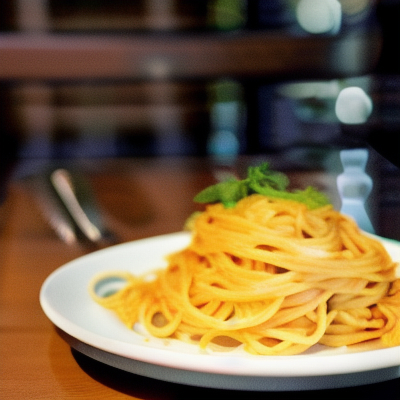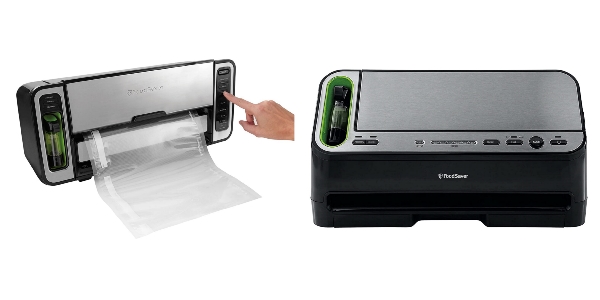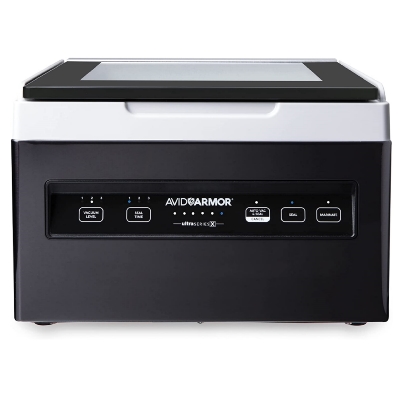 Choosing a vacuum sealer that perfectly suits your needs is very important and can be a game-changer in your kitchen. Whether you’re a home chef looking to extend the shelf life of your ingredients or experiment with sous vide cooking, or a busy family aiming to save time and money, a vacuum sealer is a must have tool.
Choosing a vacuum sealer that perfectly suits your needs is very important and can be a game-changer in your kitchen. Whether you’re a home chef looking to extend the shelf life of your ingredients or experiment with sous vide cooking, or a busy family aiming to save time and money, a vacuum sealer is a must have tool.
With the wide array of options available, finding the right vacuum sealer can be overwhelming. For example, just FoodSaver alone has dozens of models. So, let’s break down what you need to consider selecting the best vacuum sealer for your needs.
What Is Vacuum Sealing?
Before we get into the types of vacuum sealers, let’s briefly discuss what vacuum sealing is. It’s a method of packaging that removes air from the package prior to sealing. This helps in preserving the freshness of food and protecting it from bacteria, mold, oxidation, freezer burn, and yeast. So, it is a fantastic way to extend the shelf life of your food, maintain its quality, and reduce waste. Vacuum sealers operate by extracting air from the package, if you’re curious about the mechanics behind this and learn how they work, you check our How Vacuum Sealers Work page.
Types of Vacuum Sealers
Understanding the different types of vacuum sealers is very important before buying one for your kitchen. Each type has its own set of features, benefits, limitations, and costs.
Here’s a simple guide to the two main types of vacuum sealers:
- External Vacuum Sealers (Suction):
- Best for home use.
- Ideal for dry or slightly moist foods.
- They are typically smaller and more affordable.
- Uses special textured bags which are more expensive than chamber sealer bags.
- Not the best choice for liquids.
- Chamber Vacuum Sealers:
- Commonly used in restaurants or for commercial purposes.
- Excellent for sealing liquids like soups and marinades.
- They are typically larger, and more expensive.
- Uses smooth bags which are generally cheaper than textured bags.
You can learn more about the differences on our Chamber vs External Vacuum Sealers page.
Frequency of Use
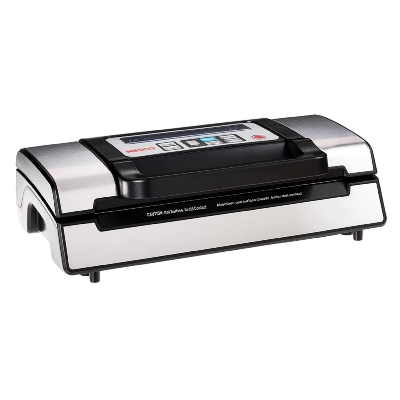
Your usage frequency is an essential factor to consider before selecting a vacuum sealer. Here’s how your usage can determine the type of vacuum sealer that suits you:
- Occasional Use: If you only need to seal food occasionally, an external vacuum sealer will be sufficient. They’re easy to use and don’t take up much space. Most external type models require 10-20 seconds of cooldown period between seals, but it won’t be a problem when you have a few packages to seal.
- Frequent or Bulk Sealing: For those who vacuum seal in bulk or do it frequently, investing in a chamber vacuum sealer may be worthwhile. They’re faster and can handle a larger volume of food, including liquids. There are also some external vacuum sealers that support continuous vacuum sealing, for example if you check our Nesco vs FoodSaver page you will see that the Nesco VS-12 support continuous sealing while the FoodSaver requires a 20 seconds cooldown period between consecutive seals.
Cost Considerations
When investing in a vacuum sealer, it’s not just the upfront cost that you need to consider. The long-term expenses such as maintenance and sealing bags are equally important. Here’s a breakdown of the cost factors:
- Initial Cost: External vacuum sealers are generally more affordable than chamber vacuum sealers. However, it’s important to note that higher quality models tend to last longer and perform better.
- Bag Costs: External vacuum sealers use textured bags which are generally more expensive, while chamber vacuum sealers use less pricey smooth bags. If you plan to vacuum-seal a lot, the cost of the bags can add up, so take this into account.
Accessories and Attachments
When selecting a vacuum sealer for food storage, another important thing to look for is the range of accessories and attachments that are available for use with the device. These add-ons can significantly expand the functionality and flexibility of your vacuum sealer. Look for models that come with or are compatible with a variety of sealing bags, jar attachments, attachment hoses, bottle stoppers, and canisters.
Jar sealers are particularly important for sealing items that could be crushed in bags, while bottle stoppers can extend the life of your opened wine or oils. Vacuum seal canisters are excellent for storing frequently accessed foods for short-term storage in the fridge.
So, we recommend checking for compatible or included vacuum sealer accessories. They are very handy in sealing various types of food, making food storage easy and more effective.
Size Matters
In addition to functionality and cost, the physical size of the vacuum sealer is another factor that shouldn’t be overlooked. Depending on the size of your kitchen and storage options, one type of vacuum sealer may be more suitable than the other. Here’s how size can influence your choice:
- Space Constraints: If your kitchen is short on space, an external vacuum sealer may be a better choice due to its smaller size and portability. However, if you have the room and need the extra functionality, a chamber vacuum sealer is a great investment. It’s also worth noting that there are some compact models of chamber vacuum sealers available, which could be a great middle ground (they are still large machines) if you’re looking for the functionality of a chamber sealer without it taking up too much space in your kitchen. You can check Wevac models like CV10 and CV12 for compaact chamber vacuum sealers.
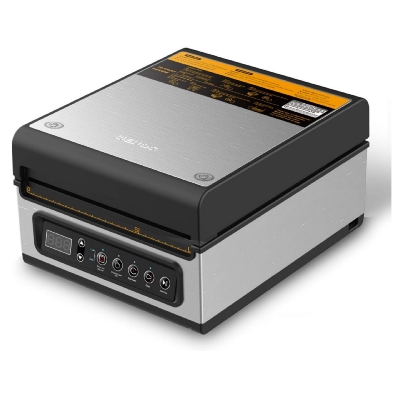
Conclusion
When choosing a vacuum sealer, consider the types of foods you’ll be sealing, how often you’ll be using the machine, and your budget. External vacuum sealers are a great option for occasional use and for those with space constraints, while chamber vacuum sealers are ideal for sealing in bulk, using cheaper bags, and handling liquids.
By carefully evaluating your specific needs and weighing the pros and cons of each type, you’ll be well on your way to picking the best vacuum sealer for your kitchen. May your food be ever fresh, and your kitchen efficiently organized.
